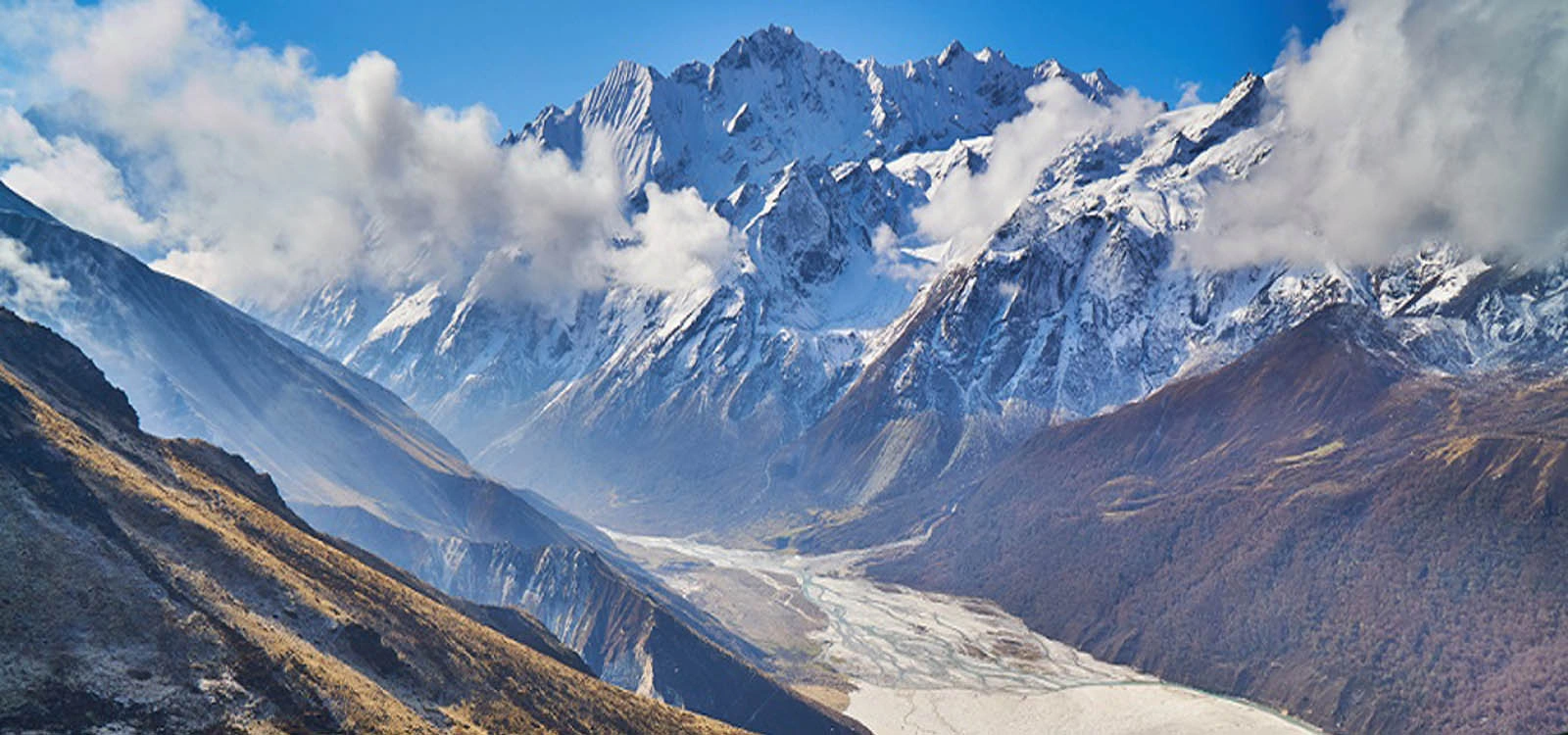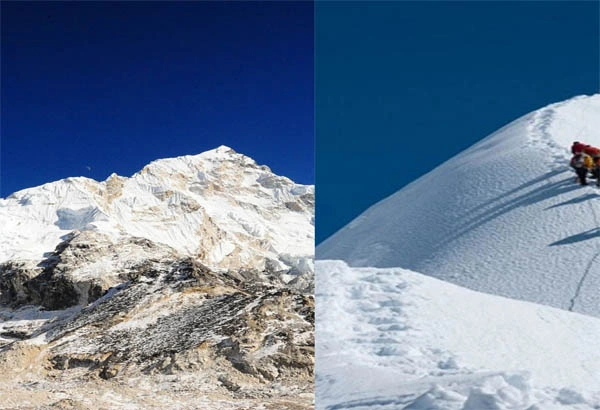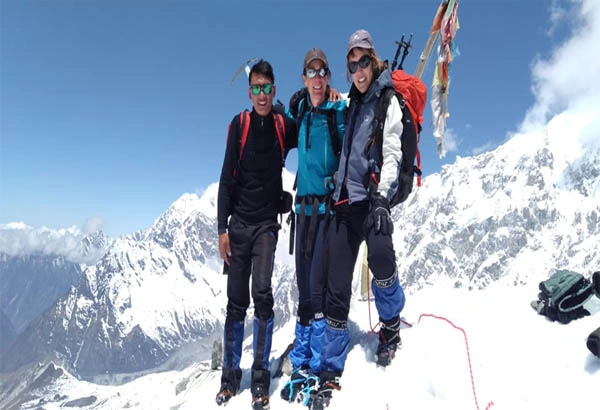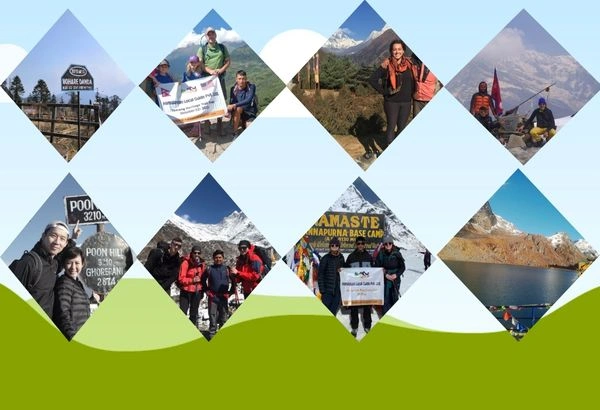Trek to Langtang Valley Blog; will give you all the required insights about Hiking to Langtang. You can explore the typical local villages of Tamangs and Tibetans with local culture, ancient Buddhist monasteries, a Cheese factory, Hills, Landscapes, Rocky Mountains, waterfalls, white snow-capped mountains, wildlife animals, ramble to pine and rhododendrons forests. Also, you can test local foods and will experience all you can expect from the trek. This blog will provide you; with all the information required to make your dream successful.
What to expect from Langtang National Park region?
- Kyanjin: Gompa – ancient Buddhist Monastery in the Langtang National Park region.
- All-encompassing; perspective on the Himalayas from the Kyanjin Ri and Tserko Ri(5000 m), the most elevated height that; you can reach.
- Icy: masses and snowcapped mountain tops including; the popular Langtang Lirung (7246 m), the most elevated pinnacle of the Langtang Himal.
- Experience interesting Tamang and ethnic Tibetan Buddhist culture.
- Visit the cheddar industrial facility in Kyanjin Gompa.
- Astounding: varied vegetation in Langtang National Park.
- Astonishing: natural life including; Red Pandas, Himalayan Black bears, snow/mountain panthers, goral, and Tibetan snowcock.
Best time to explore the Langtang Valley:
The best season for the Langtang Valley journey is spring (March, April, and May) and fall (September, October, and November), Pre-winter gives the best perspective on the lofty mountains and icy masses. Spring; additionally furnishes us with the snow-covered mountains alongside the green timberlands sprouting with red rhododendron.
Other than these, Monsoon has its significance. As a result of the season, trails will be; covered with leeches. Nonetheless, cascades, streams, plant life, and greenery best sparkle during this season. Along these lines, this season is additionally ideal for nature sweethearts and photographic artists.
Throughout the Winter Season, snow, and we can see the snowcapped mountains. Nonetheless, the weather conditions are freezing, and the paths are tricky.
How hard is the Langtang Valley trek?
We rate Langtang's journey difficulty as strenuous. Which; lies somewhere between moderate and difficult. You need; to stroll for around 5/6 hrs every day to arrive at Kyanjin Gompa. Which; can be handily finished by novices. In any case, to reach above Kyanjin. You need to; walk 6-7 hrs full circle at an exceptionally high elevation, at last coming to the popular Tserko Ri (4995 meters).
Accommodations during the Langtang Valley Trek:
The accommodations; during the trip, all accommodations are on the basic twin and sharing. Our local trekking guide team leader will be managing the beautiful room. If possible, he will try to manage the best room with attached bathrooms. About the; attached bathrooms. It’s difficult to get into the Himalayas regions. Most of the mountain areas have just a room. We must share the toilet and bathroom with other clients. Single rooms are available in the lower altitude Himalayas regions. But it is not possible to get a single in the higher elevations; you must share with other people.
Meals:
During the trip, all kinds of meals will be; provided in the Langtang region, you can take pleasure in Nepalese traditional foods likes: Nepali Dal Bhat and many typical foods are available in this region. Also, they have special menus; you can choose the many different kinds of European, Italian, Chinese, and Indian foods; available during the journey.
Breakfast:
You can choose by the menu of your breakfast: options such as French toast with (jam, Honey, and Butter), muesli, Oatmeal, Corn Flakes, cereal, hash browns, any style of eggs you would like, Gurung Bread, Tibetan Bread with (jam, honey, and Pea abutter), pancake, puffy, and round and tsampa porridge and chapatti with any kinds of Tea.
Lunch:
Lunchtime; you will have the opportunity to delicious food like: Thukpa, vegetable Noodle Soup, Chicken Noodle soup, mushroom soup, fried veg cheese potatoes, veg eggs fried Noodles, eggs Vegetable fried macaroni, Momo (dumplings), eggs veg fried rice, Nepali Dal Bhat set (Dal Bhat power 24 hours), and many much more items.
Dinner:
You can choose by the menu: a menu that’s similar to the options you had at lunch break time: Stews, Pizza, Thukpa, Fried Noodles, Noodle soup, macaroni, fried potatoes, fried rice, momo (dumplings), spring roll, Dal Bhat set, spaghetti and many much more items, etc.
Safe Drinking Water:
In; the Langtang region, you will get normal water from the Tap or river. For; water, you must use purification medicine or a filtering hand pump. Also, you get boiled, and a bottle of water is available at lodges. While you hiking in the mountain regions, you should drink 4 to 5 liters; a day.
How to get the Langtang Valley trek from Kathmandu?
Langtang Valley Trek begins with a scenic drive from Kathmandu to Syabrubesi. Which; requires around 7 hours through vacationer transport. Syabrubesi lies a couple of kilometers from Dhunche. Dhunche is likewise the beginning stage for the journey to blessed Gosaikunda Lake. Which; lies on the Langtang Circuit.
Following the following day, we then, at that point, begin our trip from Syabrubesi to Kyanjin Gompa. It requires around three days to arrive at Kyanjin Gompa at a speed of 5/6 hrs walk every day. Kyanjin Gompa is likewise; viewed as the core of the Langtang Valley journey, from Kyanjin Gompa. We then stroll at a high elevation uphill towards Tserko Ri (4993m).
Langtang National Park Permit and TIMS Card Cost:
- Langtang National Park Permit Cost: 30 U$D per Head.
- TIMS Card Cost: U$D 10 per Head.
Outline Itinerary for Langtang Valley Trek:
- Kathmandu – Syabrubesi by Bus or Jeep 7/8 Hrs Drive.
- Syabrubesi – Lama Hotel.
- Lama Hotel Langtang Village.
- Langtang Village – Kyanjin Gompa
- Rest day at the same place.
- Kyanjin Gompa – Lama Hotel.
- Lama Hotel – Syabrubesi.
- Syabrubesi – Kathmandu.




